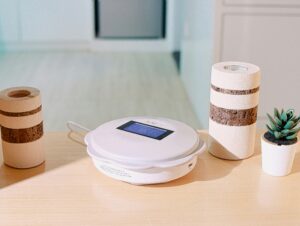Imagine a world where your clothes can charge your phone while you walk, your shoes can track your steps and monitor your health, and your jacket can adjust its temperature based on the weather outside. This may sound like something out of a sci-fi movie, but it’s closer to reality than you might think.
The rise of wearable technology has revolutionized the way we interact with our surroundings, offering convenience, personalization, and even safety benefits. According to research from Statista, the global market for wearables is projected to reach $64 billion by 2025, highlighting the increasing demand for these smart devices.
One key innovation driving this growth is the development of smart textiles, fabrics embedded with sensors and electronics that can collect and transmit data. Companies like Google and Levi’s have collaborated on projects like the Jacquard Jacket, which allows wearers to control their devices with gestures on the fabric. As Ivan Poupyrev, the technical project lead for Project Jacquard, said, “The real power of smart clothing must lie in what it can do, not what it is.”
Beyond the consumer market, smart textiles also have applications in healthcare, sports, and even military sectors. These advancements in wearable technology not only enhance our daily lives but also open up new possibilities for connectivity and data analysis. As we look towards a future where technology seamlessly integrates into our clothing, the potential for innovation and impact is truly limitless.



